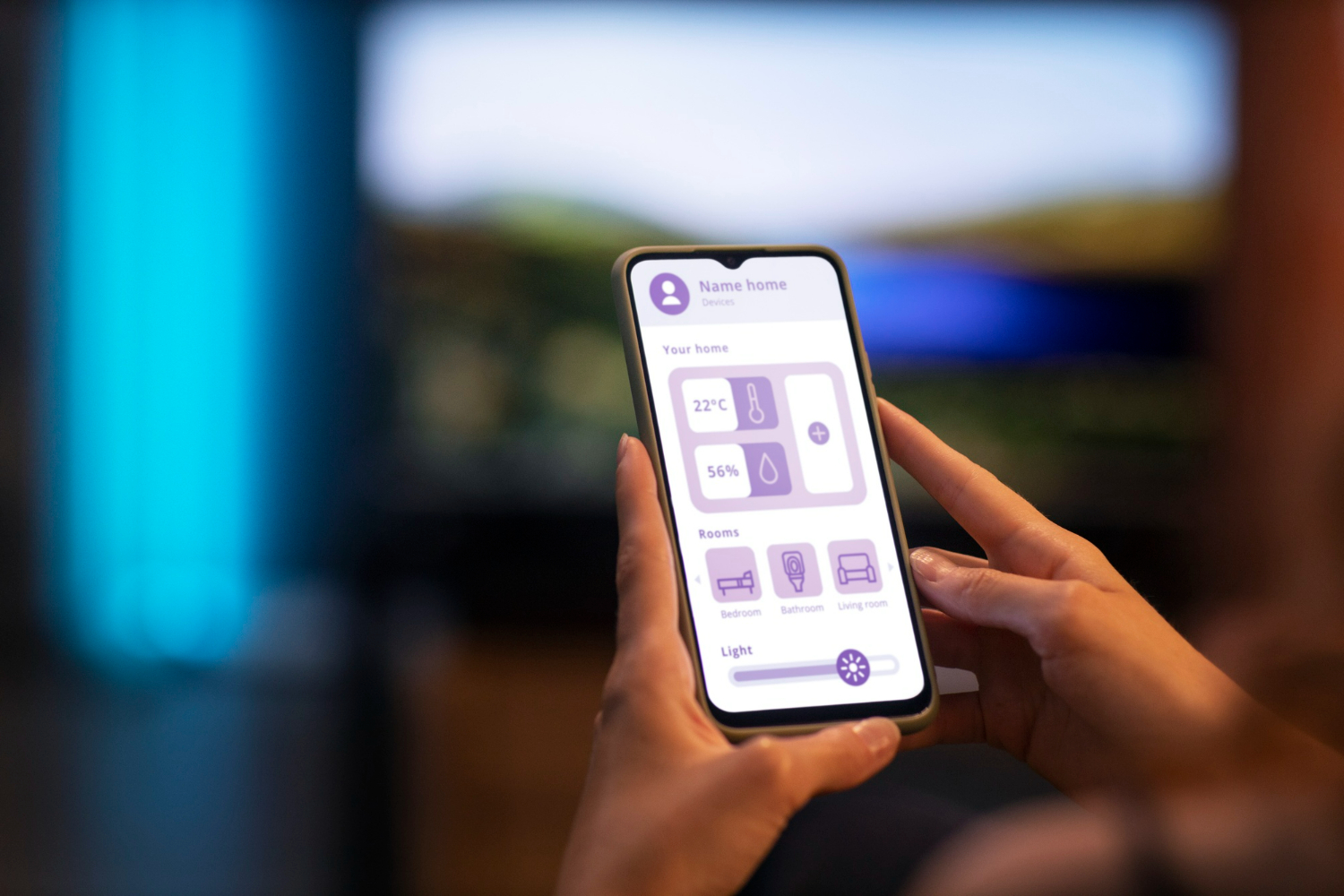Understanding property boundaries is crucial for landowners and those in development and related fields. In today’s technological landscape, the emergence of mapping and verification apps tailored for this task has proven invaluable. This article explores the practical applications of these tools in legal contexts.
The Significance of Precise Property Boundaries
Knowing where your property ends and your neighbor’s begins is essential for establishing ownership, avoiding conflicts, and preventing zoning violations. Accurate boundary details are critical for legal purposes, helping to prepare and resolve cases effectively. In the past, hiring surveyors was the standard method for determining property lines, but now technology offers a cost-effective solution.
Selecting the Right App
Choosing the best app for property boundaries is key to effectively from the start. Not all apps offer the same level of precision or depth of information—some provide basic mapping tools, while others offer advanced features like linking to official databases or augmented reality. When selecting an app, prioritize those that provide accurate data, intuitive interfaces, and frequent updates. Reading user reviews and comparing functionalities can guide you toward an informed choice.
Key Features to Look For
A reliable boundary app should include accurate GPS mapping capabilities to pinpoint locations and detailed satellite imagery to give a visual overview of the terrain. Access to public land records is also essential, providing historical information and property descriptions necessary for resolving disputes or planning developments. Additionally, augmented reality features, which show boundary lines on live camera feeds, offer a dynamic perspective.
User-Friendly Interfaces
Ease of use is an important factor when selecting an app. A user-friendly interface allows even those with limited technical knowledge to navigate the app effortlessly. Look for apps that offer clear controls, easy-to-follow instructions, and responsive customer support. A well-designed interface reduces errors and promotes reliable outcomes.
Legal Considerations
While these apps can provide valuable insights, they cannot replace the expertise of professional surveyors in legal matters. It’s important to follow all legal guidelines when using an app to identify property boundaries. In some jurisdictions, data generated by apps must be authenticated by a licensed surveyor to hold legal weight. Ensure that the app you select complies with the laws and regulations of your area.
Collaborating with Professional Services
Combining app-generated data with professional surveying services can significantly improve accuracy and reliability. Experts can validate the app’s data to ensure it meets legal standards. Many apps allow users to export data, making it easy to share with surveyors and legal professionals. This collaboration simplifies the verification process and ensures that all parties have access to consistent information.
Cost-Effectiveness
Using an app to delineate property boundaries can be more cost-effective than traditional surveying methods, which can be expensive, especially for large properties or complex landscapes. Apps provide in-depth data at a lower cost. However, it’s essential to account for additional expenses, such as advanced features or professional validation services, when needed. Balancing cost and accuracy is crucial to ensuring proper oversight.
Data Privacy and Security
When using technology in property management, data privacy and security should be top priorities. Choose apps that offer robust security features to protect your data. Look for apps with encryption protocols and transparent privacy policies to ensure your information remains confidential and secure.
Integration with Other Tools
One of the major advantages of modern boundary apps is their ability to integrate with other digital tools, such as CAD software or real estate platforms. This integration allows users to seamlessly transfer boundary data into construction designs, property listings, or development plans. Utilizing an app that offers compatibility with other tools can streamline workflows, saving time and ensuring accuracy across various property management tasks.
Conclusion
Using an app to determine property boundaries offers significant benefits, such as cost savings and easy access to essential information for legal purposes. Make sure to choose the right app and familiarize yourself with its features to manage boundary details effectively. Always comply with legal requirements and consider consulting experts for precise results. As technology continues to evolve, these tools will play an even greater role in property management and legal matters.

